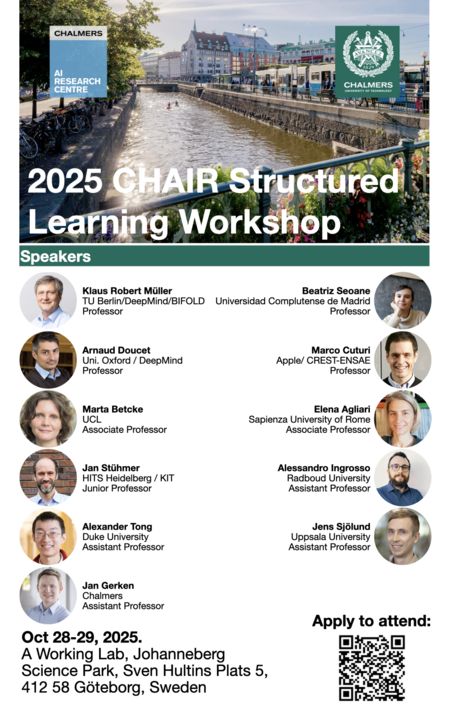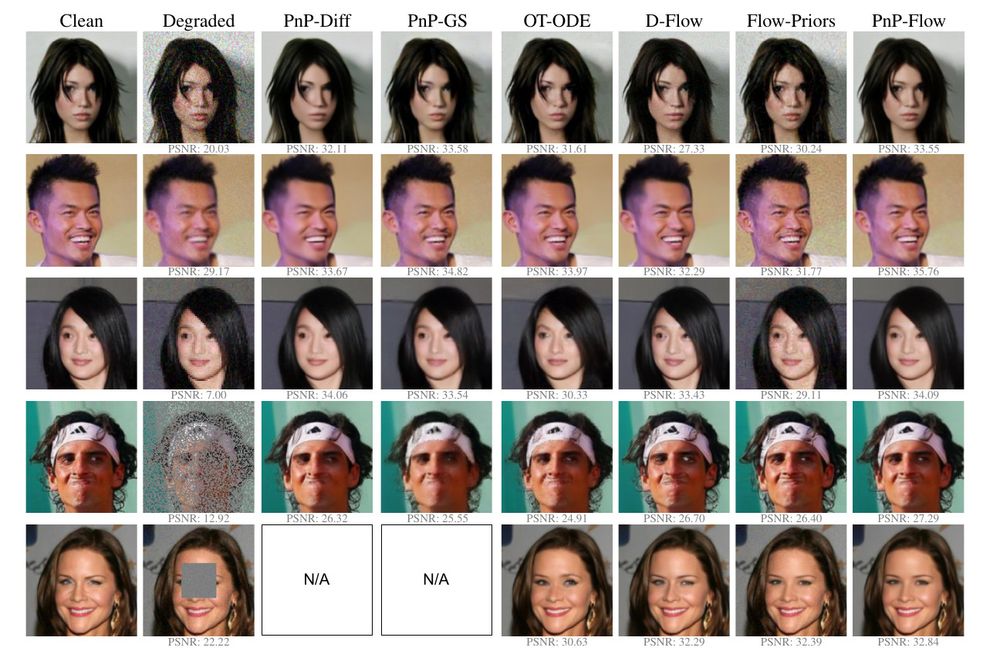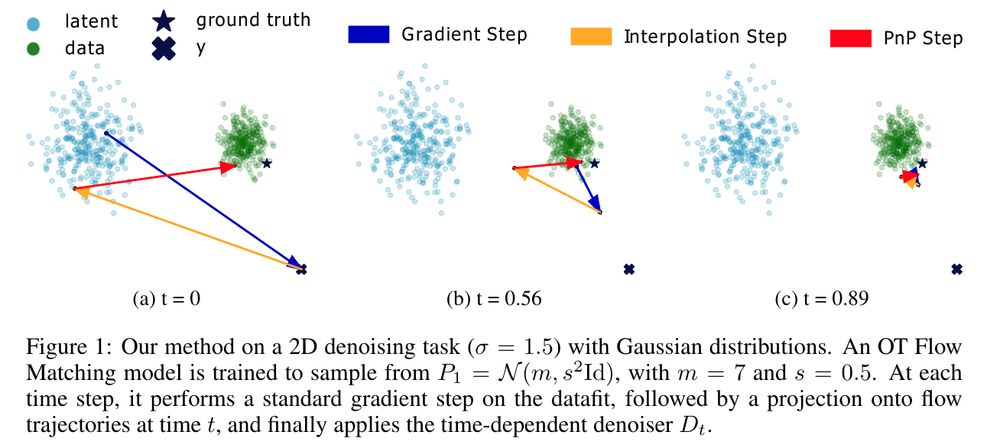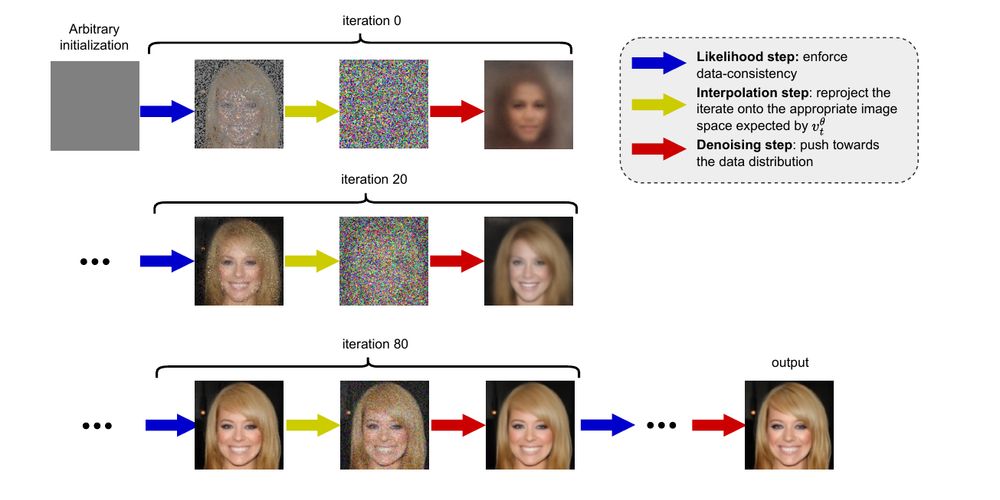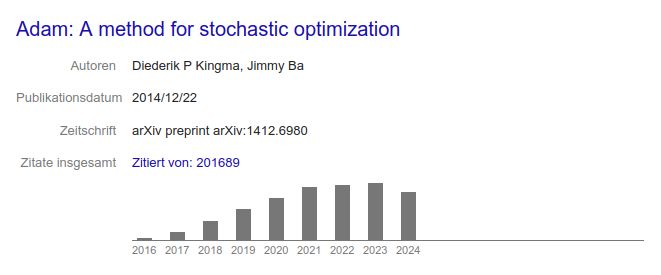Paul Hagemann
@yungbayesian.bsky.social
840 followers
430 following
26 posts
PhD student at TU Berlin, working on generative models and inverse problems
he/him
Posts
Media
Videos
Starter Packs
Reposted by Paul Hagemann
Simon Olsson
@smnlssn.bsky.social
· May 27
Paul Hagemann
@yungbayesian.bsky.social
· May 26
Reposted by Paul Hagemann
Paul Hagemann
@yungbayesian.bsky.social
· Apr 25
Paul Hagemann
@yungbayesian.bsky.social
· Mar 19
Paul Hagemann
@yungbayesian.bsky.social
· Feb 27
Paul Hagemann
@yungbayesian.bsky.social
· Feb 18
Paul Hagemann
@yungbayesian.bsky.social
· Jan 23
Paul Hagemann
@yungbayesian.bsky.social
· Jan 23
Paul Hagemann
@yungbayesian.bsky.social
· Nov 28
Paul Hagemann
@yungbayesian.bsky.social
· Nov 24

